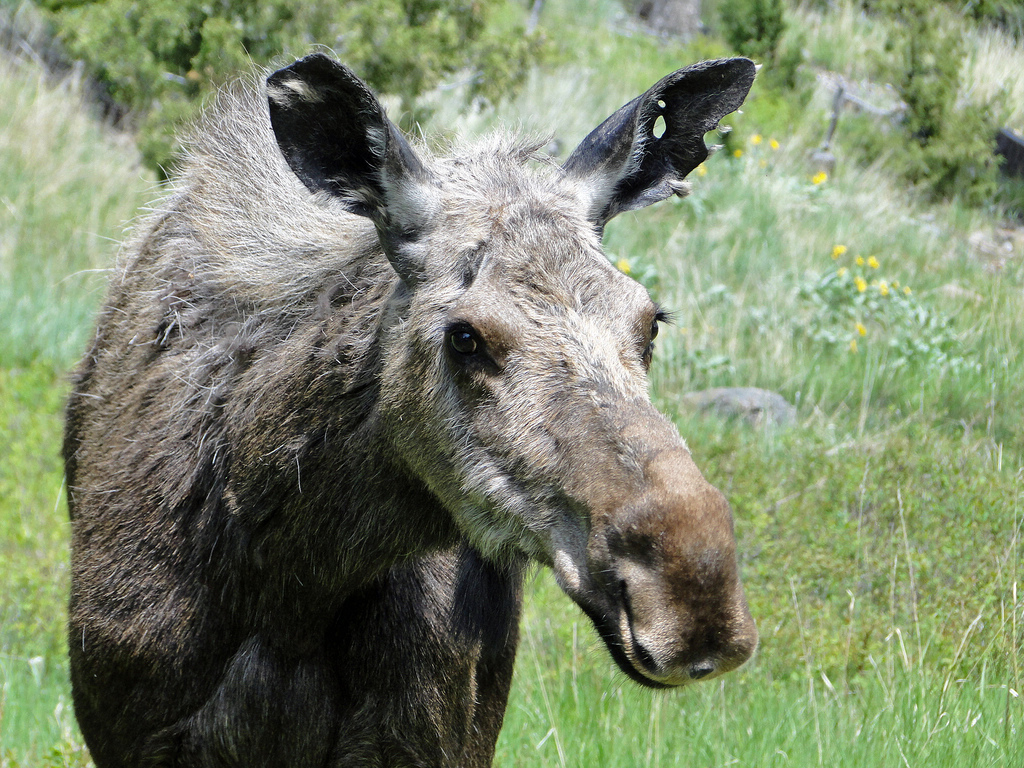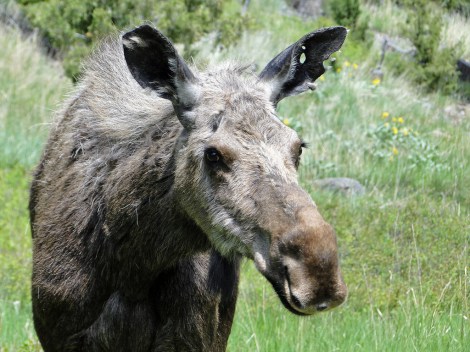The New York Times has an article out today about how moose are dying in droves, and oh man, it sounds really terrible to be a moose right now.
First of all, many of your friends are probably dead. One population in Minnesota, for instance, has shrunk over the past two decades from 4,000 moose to fewer than 100. It’s getting hotter in the winter, and if your body is designed, like a moose’s body, to flip out if the winter temperature tops 23 degrees, that’s a huge problem. Think of all the energy you expend staying warm in the winter; when the temperature creeps up, moose have to spend that amount of energy keeping cool. Also, if you’re a moose, you have to deal with wolves and human hunters.
And then there are the ticks. The ticks don’t have a problem with the warmer winters; they’re loving it. And they’re loving the ease with which they can attach themselves to moose and hunker down. A single moose, the NYT says, can have 100,000 ticks. It sounds terrible:
The winter tick problem in New Hampshire is particularly vexing. The animals lose so much blood they can become anemic. Worse, the ticks drive the moose crazy; they constantly scratch, tearing off large patches of hair.
Some moose lose so much hair they look pale, even spectral; some people call them “ghost moose.” When it rains in the spring, the moose, deprived of their warm coats, then become hypothermic.
Winter ticks hatch in the fall and begin to climb aboard their host. They are dormant until January or February, when they start to feed, molt into adults and then drop off.
Moose spend a lot of time feeding in lakes, but wading in water doesn’t drown the ticks, which form an air bubble that allows them to survive immersion in water.
Urgh. At some point, you have to think death would be preferable to dealing with that. Apparently the moose think so too.





